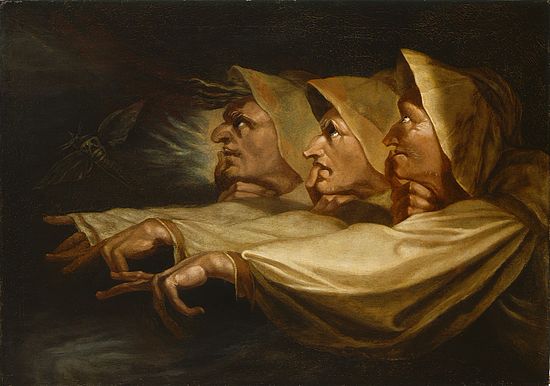
Research Seminar, AT 2018:Johann Heinrich Füsslis Bilderwelten des Theaters und der Literatur

Füssli exhibition poster, Kunstmuseum Basel

Accessories used in the dramatic intervention at Kunstmuseum Basel
Taught by Ina Habermann and Alexander Honold
Johann Heinrich Füssli or Henry Fuseli (1741-1825), the artist with a double name and a biography both Swiss and English, is famous for having sounded the depths and extremes of the human soul. His dramatic drawings and paintings witness to an ongoing struggle between antagonistic forces, and through his rich cast of characters, Fuseli acts out the dynamic of violence and desire, of fear and heroism as well as the battle between the sexes and explores the ambiguous relationship between the mind and the senses. Having immersed himself in classical and English literature in Zurich under the influence of Bodmer, Breitinger and Lavater, he gained fame in London with his visualisations of scenes from Milton’s Paradise Lost and a number of Shakespeare plays. Other literary sources feeding Fuseli’s imaginary world include Homer’s Odyssee, Dante’s Inferno, Spencer’s Faerie Queene, Wieland’s Oberon, and the Nibelungenlied, newly ‘discovered’ around 1800.
The seminar took a transgeneric and intermedial perspective, exploring Fuseli’s motifs and imagery by situating his work in the historical and aesthetic contexts of literature and the theatre. The seminar was designed to accompany the exhibition Füssli. Drama und Theater! at the Kunstmuseum Basel (October 20, 2018 to February 10, 2019) and focused primarily on the works shown there, with a particular emphasis on the dramatic aspects of Fuseli’s art. Students had an opportunity to research individual works or series of works, and also to present their work in the context of the exhibition. A dramatic intervention in the Kunstmuseum's exhibition concluded the course.
Video of dramatic intervention at Kunstmuseum Basel
Quick Links
